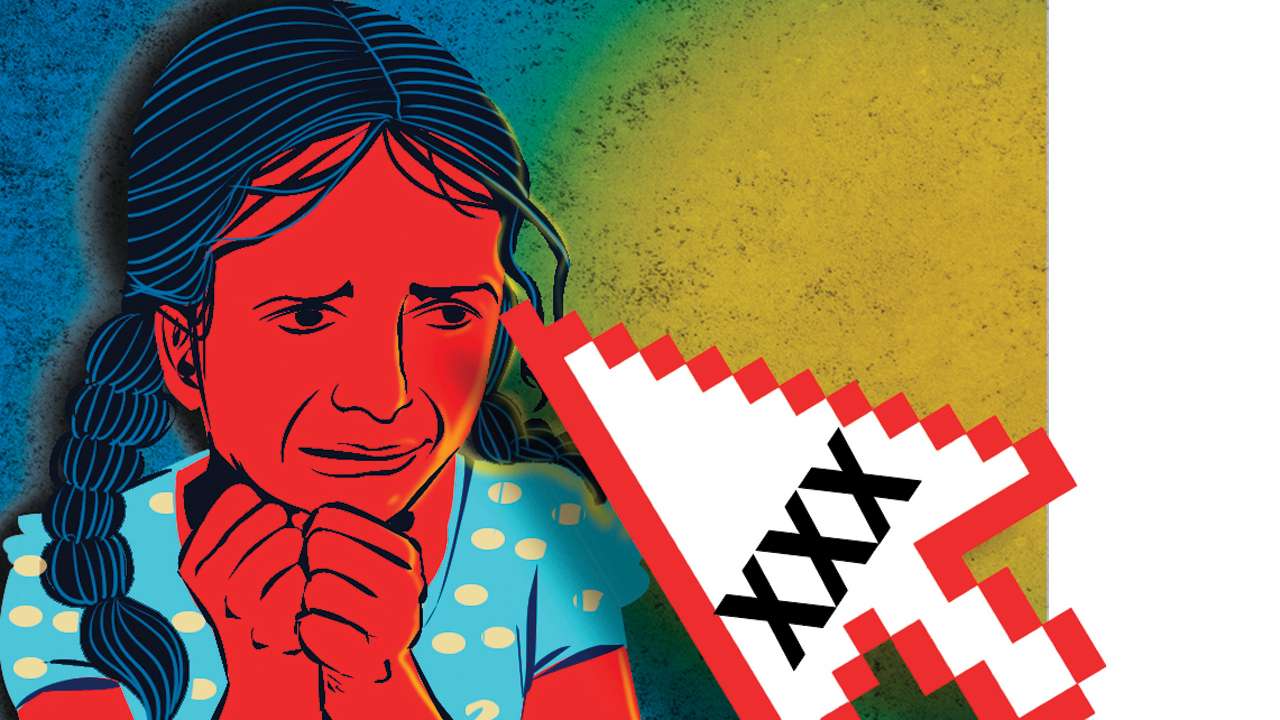Child Pornography In India : A Legal Analysis
Tavleen Kaur
Student of University of Petroleum and Energy Studies
Best Citation – Tavleen Kaur, Child Pornography In India : A Legal Analysis, 2 (4) & 52 of 2022, IJLR.
Abstract
Until a few years ago, the internet was a new and relatively unexplored territory. Initially, it was primarily used as an educational tool. Pornography has become more accessible as a result of the electronic revolution, bringing decadent and difficult-to-obtain images into the home. The expansion of computer databases on the internet has accorded adults and children the most access to sexually explicit images till date.Sexually explicit content emerges to be a bigger problem than anyone could have anticipated. The entire dynamic between sexual content and the audience has shifted dramatically over the years for a variety of reasons, both personal and authoritative. Addiction is a major factor in the rise in demand for pornography. By excluding age groups and social statuses, the efficacy of explicit content is maintained.
Cyberspace is crawling with pornographic content as a result of technological advancements and easy access. There is complete silence on many aspects of cyber pornography, besides women, children have always been soft targets in the cyberporn realm. The primary reason is that children are easily manipulated or coerced into participating in something inappropriate like this. Paedophilia is as real as it gets, and these child pornographic videos are grotesque proof of it. The number of sexual crimes against children has increased dramatically. The sheer gut-wrenching intent behind the demand for these videos is both shocking and sick. The internet is a playground for paedophiles because it provides anonymity and allows them to exchange information about child pornography and interact with children through newsgroups, chat rooms, and e-mail. Society has consistently attempted to impose moral standards that set the parameters within which freedom of speech and expression can be legitimately exercised. Stepping over that line constitutes crossing the line into obscenity, which has been clearly identified as an exception to the exercise of free speech and expression in various legal systems. For centuries, courts and legislators have struggled to determine where exactly this line should be drawn. As a result, a variety of tests have evolved to determine whether an artistic or literary work is indeed obscene. While there are many opponents of obscenity who argue on moral and societal grounds, supporters of the case against pornography argue on the harm caused by the creation and dissemination of pornographic material. On the internet today, live sex and child pornography are ubiquitous.
The internet’s power and the pornography industry have both fueled each other. Pornographic material was not as freely and easily available before the internet. Pornographic material, which was previously hidden in the nooks and corners of shady book stalls on roadside pavements, bus stops, and railway stations, is now only three clicks away from any location with an internet connection. They are only familiar with two aspects of computers: games and cyber pornography. The widespread availability of pornography to all, including our children, combined with the depths of depravity and the widespread involvement of children in sexual performance, has fueled the debate and controversy surrounding cyber pornography. This paper will discuss the prevalence of child pornography in India, the legal provisions for combating it, Case studies in Indian cases that have emerged as a new crime in India and Transnational legislation on child pornography.
Keywords: Cyber Pornography, Child Pornography, Paedophiles, Victims, Education, Obscene and sexually explicit content
